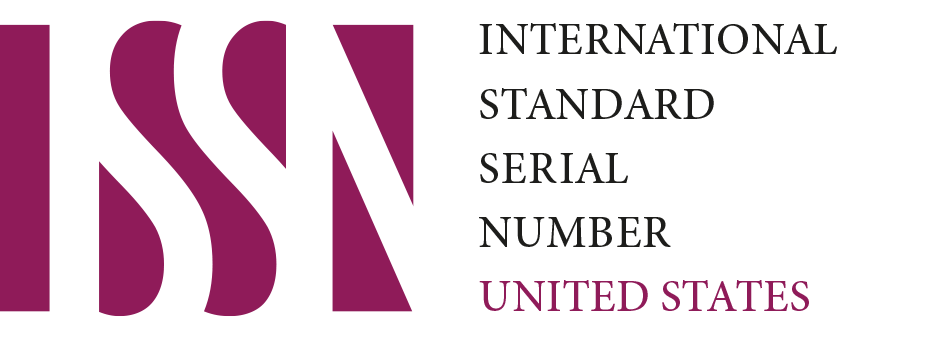Bioremediation of various Pollutants in the Ecosystem
DOI:
https://doi.org/10.59613/global.v2i7.220Abstract
Pollutants are constituents of varieties of ecological hazards which are harmful to human beings and the environment. Bioremediation is becoming more and more popular for getting rid of toxic waste from contaminated locations. Among the many microorganisms used in bioremediation to treat contaminated environments are aerobes and anaerobes. Because pesticides and heavy metals are persistent in the environment, they build up and pollute the food chain. As a result, cleaning up pesticide and heavy metal contaminations must be given top attention. Microbial remediation plays a critical role in both simplifying heavy metal extraction and preventing heavy metal leaching or mobilization into the environment. In this case, bioremediation has been promoted as a viable substitute for conventional methods due to technological advancements in heavy metals based on bacteria. Therefore, several detoxification systems have evolved in some bacteria to combat these hazardous metals' detrimental effects. The ecosystem still faces significant challenges in the removal of heavy metal contamination, which is why this review clarified the significance, mode of action, and future prospects of bioremediation technology.
Downloads
Published
How to Cite
Issue
Section
License
Copyright (c) 2024 Olusegun Akinola, Eniola Adebayo, Adedeji Ogunyemi

This work is licensed under a Creative Commons Attribution 4.0 International License.













